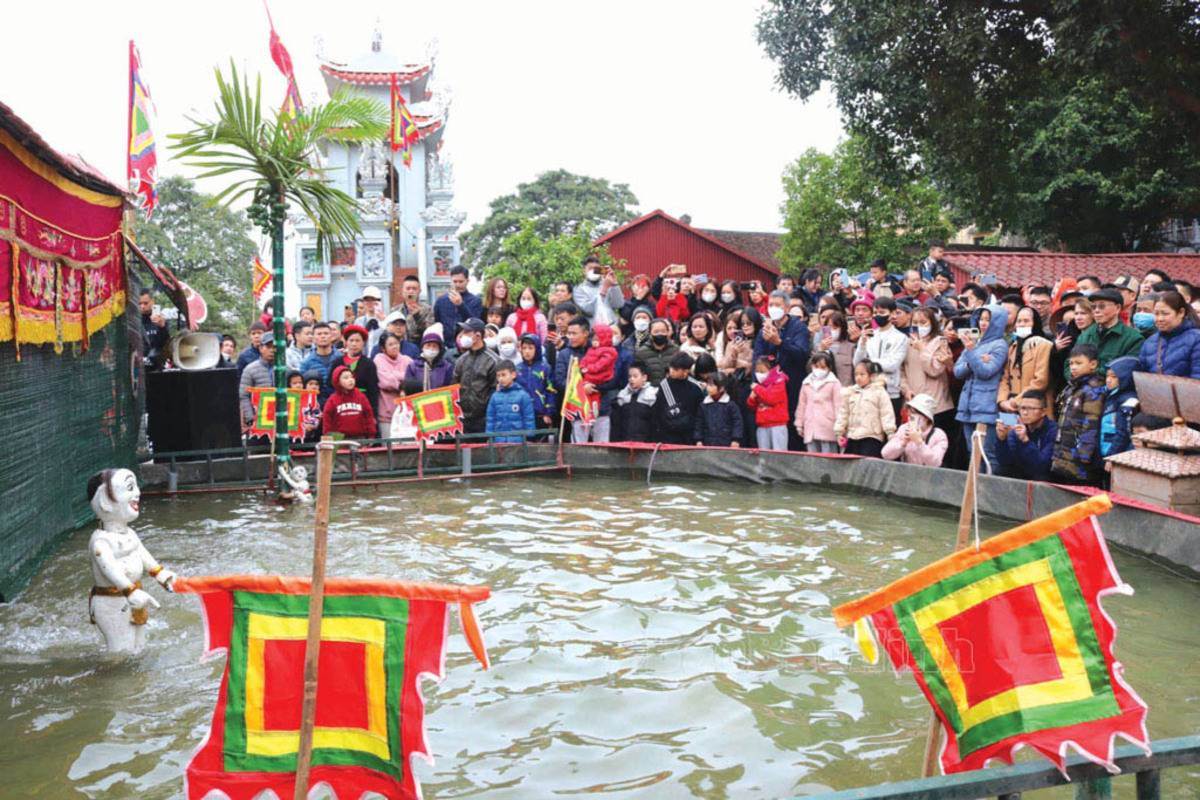Bac Ninh is a rising eco-tourism destination, where nature and tradition come together. Visitors can enjoy peaceful countryside landscapes, cycle through quiet village roads, and take part in green, community-based activities. It’s a refreshing escape that promotes sustainable living and cultural appreciation.
Why to choose Bac Ninh?
Bac Ninh – the cradle of Vietnam’s folk culture – is a charming land where tradition thrives amidst a rapidly developing landscape. Just a short drive from Hanoi, Bac Ninh invites travelers to immerse themselves in the spiritual rhythm of ancient temples and the lyrical melodies of Quan Ho folk songs. Visitors can explore the thousand-year-old Dau Pagoda, stroll through the peaceful grounds of But Thap Pagoda, or admire the intricate woodwork at Phat Tich Pagoda nestled on a quiet hillside.
More than just a land of temples and legends, Bac Ninh is also home to vibrant local life. Travelers may catch a Quan Ho performance by the lakeside, witness traditional craft-making in Dong Ho painting village, or simply enjoy a countryside ride past green rice paddies and red-tile roofed houses. As day turns to dusk, the province transforms into a serene retreat – where culture is not only preserved but lived. Every visit to Bac Ninh is a step closer to the soulful heart of Vietnam’s cultural heritage.






 Chat Facebook Ngay!
Chat Facebook Ngay!

 Chat Zalo Ngay!
Chat Zalo Ngay!